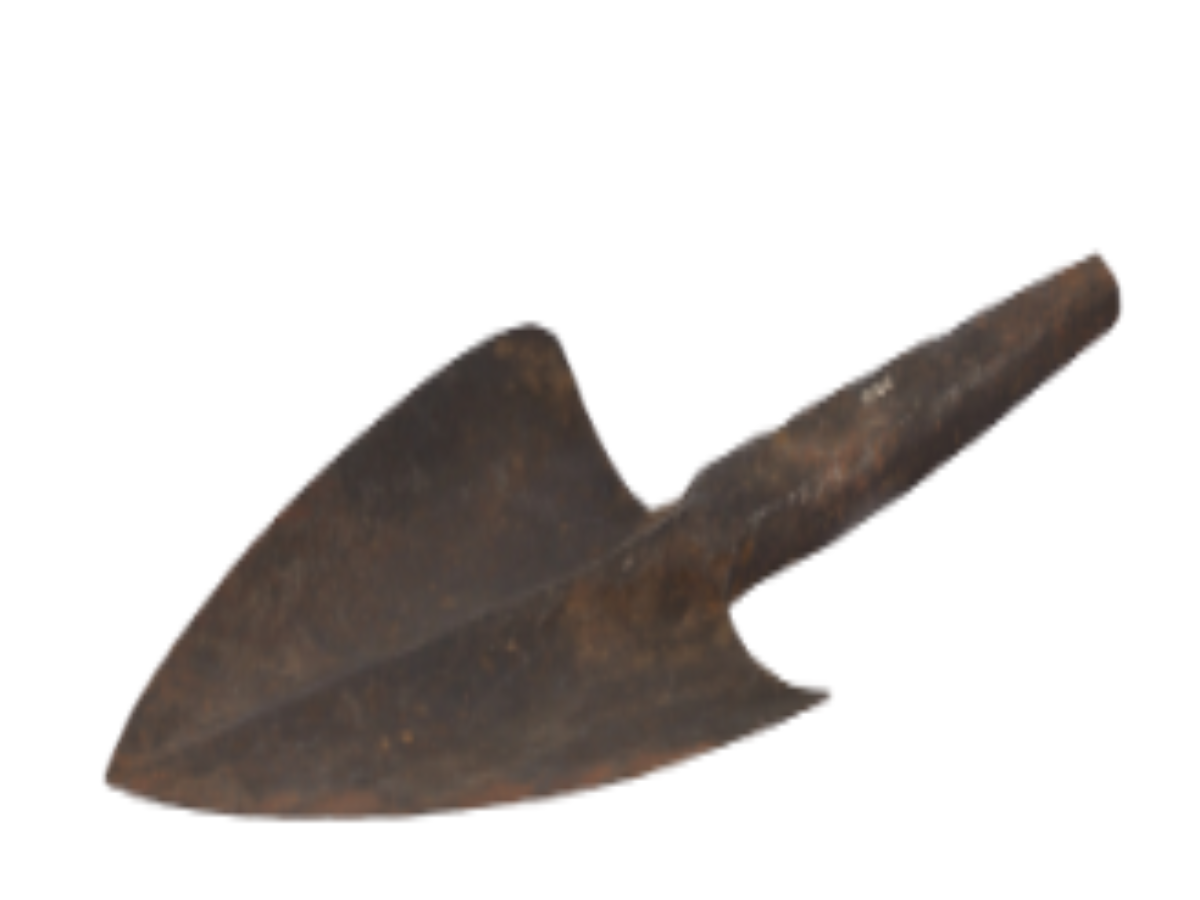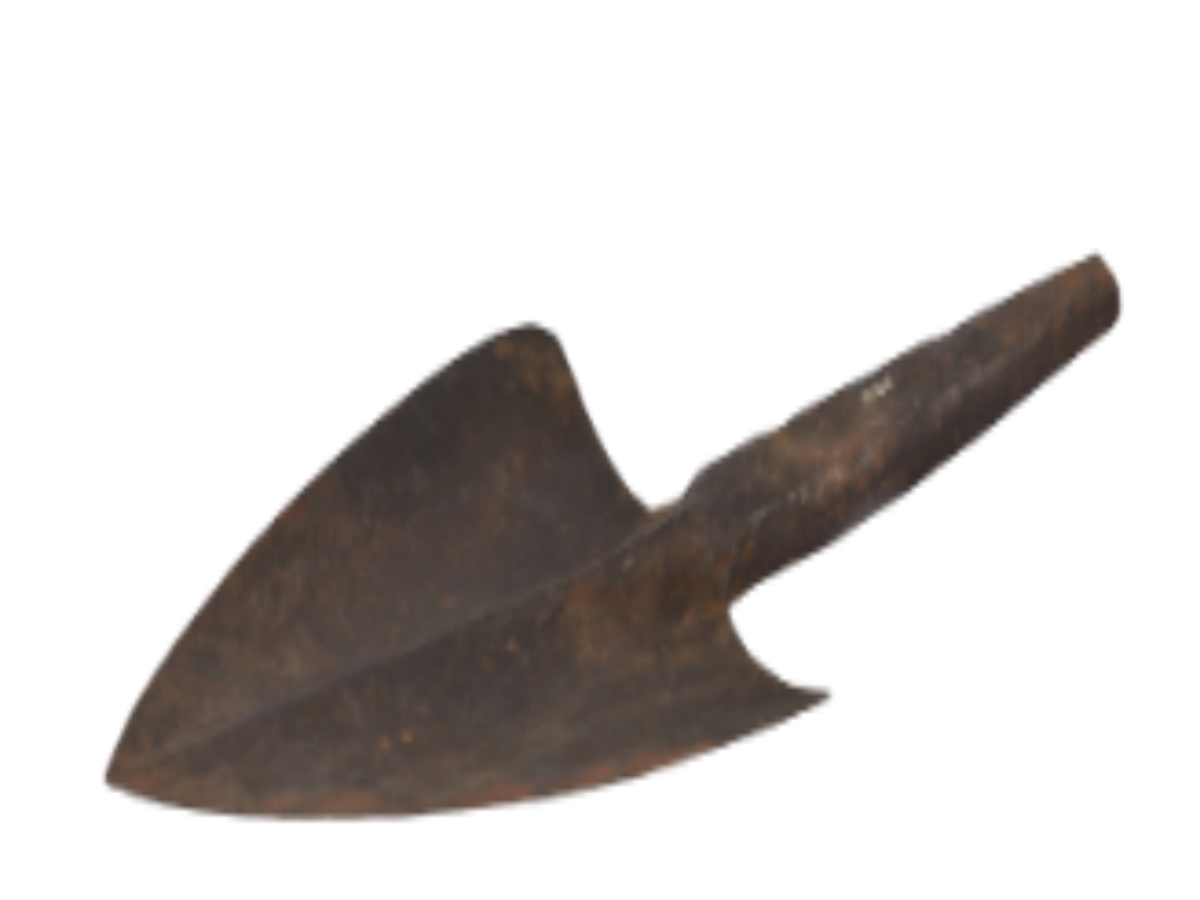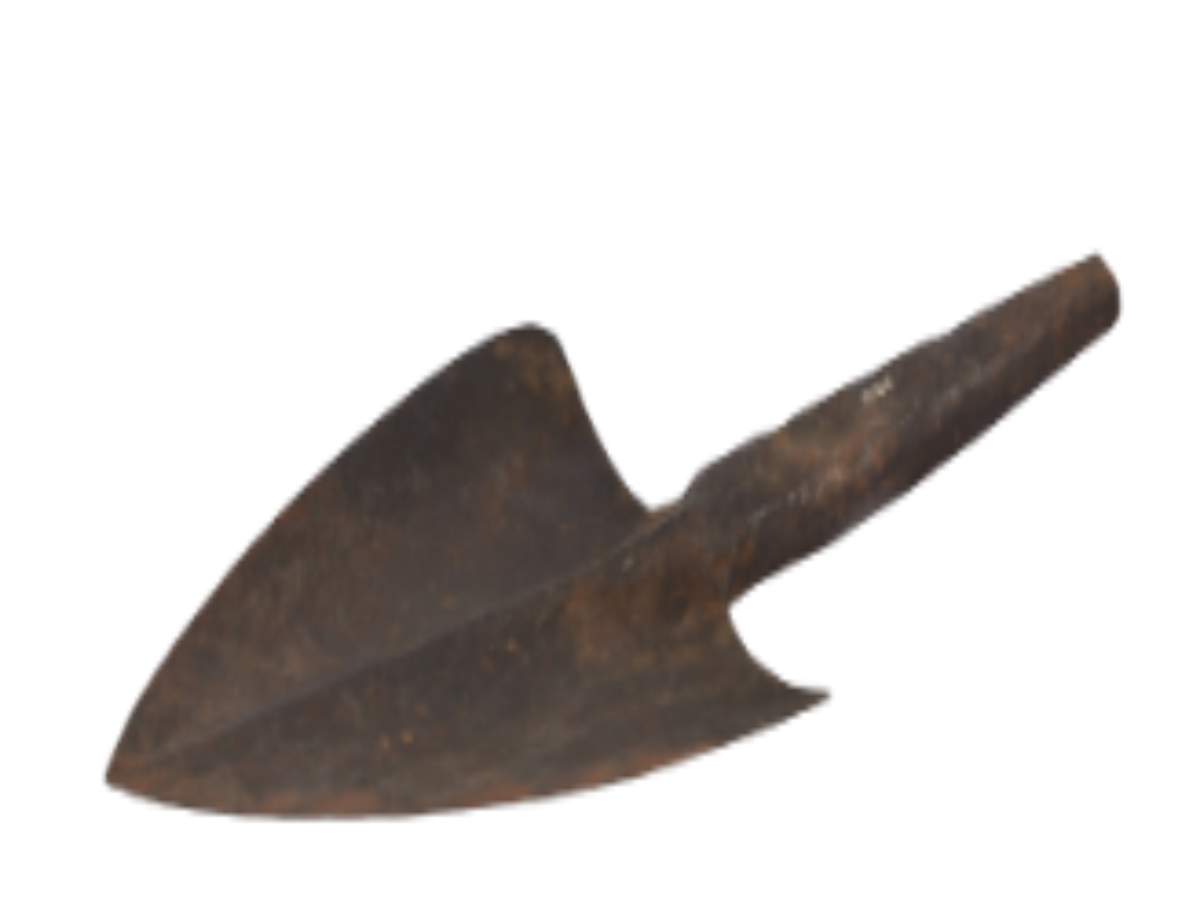State
Tribe Name
Art Type
short description
The Khasi tribe holds an important place for Meghalaya. There are many rich traditions based on agricultural and forestry-based livelihood. Their agricultural tools signify this bond with the land and their crafty skill of making simple but efficient implements. An implement-the hoe blade-Ramief had always walked through the shifting cultivation and terrace farming of the hilly tracts of Meghalaya.
Thumbnail

Filter Postion
Left
Filter Background
Off
Theme
Filter Header Image

content
Image

description
The Khasi tribe holds an important place for Meghalaya. There are many rich traditions based on agricultural and forestry-based livelihood. Their agricultural tools signify this bond with the land and their crafty skill of making simple but efficient implements. An implement-the hoe blade-Ramief had always walked through the shifting cultivation and terrace farming of the hilly tracts of Meghalaya.
Further, the hoe blade may be generally said to be a triangular, iron-made tool forged with the brilliance of local smiths. An arresting mid-rib runs through the blade, acting as its major backbone, thus helping impart strength and durability to its structure. The sharpened and pointed working end of the blade is meant for penetrating soil effectively, breaking up clods, and removing weeds. Also, the long tang can be inserted into a wooden handle securely so as to provide leverage and stability during operation. The hoe blade is used for agricultural practices like jhum (shifting) cultivation; it is in this way that the Khasi grows rice, millet, and root vegetables on slops. It has been designed just right for the moist and rocky conditions of the Khasi Hills, enabling speedy land preparation with minimum effort. Constructed from materials readily available from the immediate environment, these tools are emblematic of a sustainable and local innovation of the Khasi tribe. It serves as a great testimony to ancestral knowledge that yet finds integration into their agrarian life in contemporary times.
Further, the hoe blade may be generally said to be a triangular, iron-made tool forged with the brilliance of local smiths. An arresting mid-rib runs through the blade, acting as its major backbone, thus helping impart strength and durability to its structure. The sharpened and pointed working end of the blade is meant for penetrating soil effectively, breaking up clods, and removing weeds. Also, the long tang can be inserted into a wooden handle securely so as to provide leverage and stability during operation. The hoe blade is used for agricultural practices like jhum (shifting) cultivation; it is in this way that the Khasi grows rice, millet, and root vegetables on slops. It has been designed just right for the moist and rocky conditions of the Khasi Hills, enabling speedy land preparation with minimum effort. Constructed from materials readily available from the immediate environment, these tools are emblematic of a sustainable and local innovation of the Khasi tribe. It serves as a great testimony to ancestral knowledge that yet finds integration into their agrarian life in contemporary times.
Image Mode
landscape
promoted
On
Verified
Off
